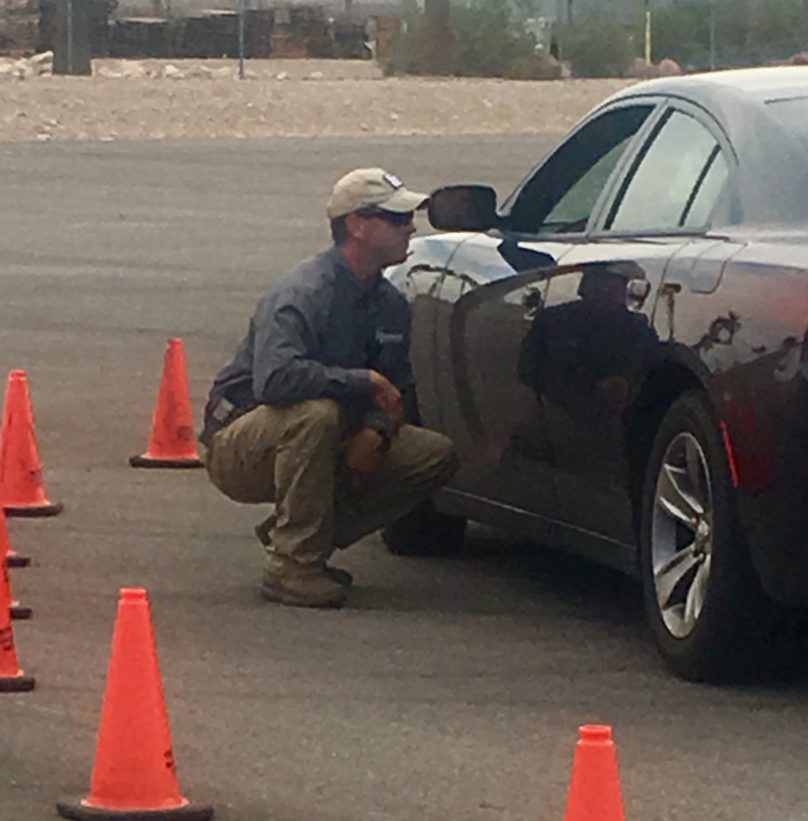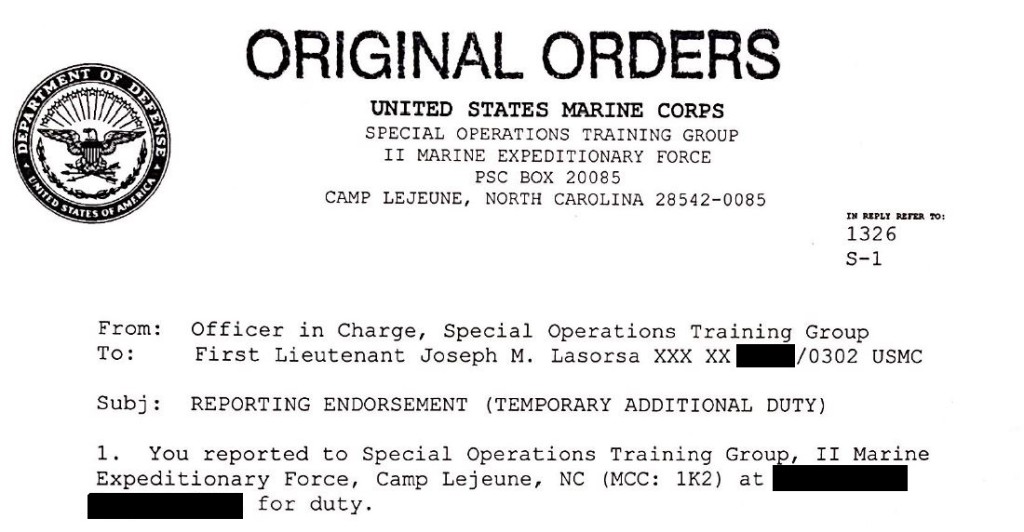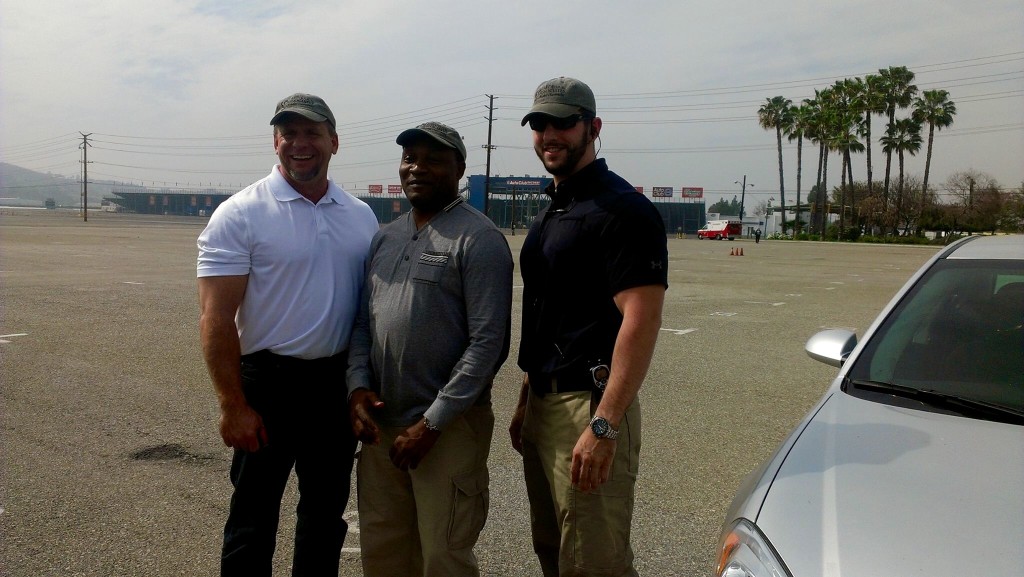5 Important Training Considerations

Even though I am an “instructor”, I do my best to train as often as possible, both to challenge and increase my current capabilities and to develop new skills. I do not see myself as an “instructor” but rather a fellow trainer as learning always occurs both ways and those who have had the experience of discussing the topic with me have heard me say “I am looking forward to training with you” or have heard me correct someone who refers to me as their instructor by saying “we have trained together.” A phrase that has stuck with me from early on in my professional career has been “Know enough to know that you don’t know – always a student, always learning.” – JAL

My exposure to and background in professional training started when I was 18 and working towards my Private Investigations and Security license in Florida as an intern. I quickly learned the difference between valuable training and courses that were designed to “check the box”, so to speak. Many state required courses included information and topics that seemed irrelevant and later proved to be just that, while on the job training and learning from experienced professionals proved to be the most effective and useful. However, formal training that was founded on the basics and provided fundamental understanding paved the foundation for the on-the-job training to be so effective.
After graduating college, my training included the Marine Corps pipeline for an infantry officer, followed by light armored reconnaissance. During my time in the military, I served as a Battalion training officer, tasked with developing and ensuring the effectiveness and satisfactory completion of training plans across the entire mission essential task list spectrum. My success at this position eventually granted me one of the most challenging and rewarding experiences I have ever had professionally – being assigned as a department OIC for developing training plans at Marine Corps’ Special Operations Training Group (or SOTG) as a First Lieutenant. While on this assignment, I was taught to design, implement and evaluate training plans through course such as the USMC Training and Education Command’s Instructor Skills Course and others.

Training, and more specifically to train others, is a passion of ours and as an industry leading training provider we get to live our passion by providing effective and meaningful training to a wide range of students. Passion drives success, and in that fashion we routinely assess and update our training plans and curriculum to best meet the needs of our students. Additionally, those changes and updates are highly influenced by the reviews of our graduates submitted upon completion.
One of the many aspects of our programs that set us apart is our training courses have the foundation of being compiled by someone who has conducted protective operations at the highest level attainable – a former Senior Special Agent of the US Secret Service assigned to Presidential Protection, The White House. Additionally, given my background in the design and implementation of evaluated training programs at Tier 1 levels, we have come up with a solution that has brought a tremendous degree of success to many over the last 16 years.
In this blog, we would like to discuss the important factors in determining what training to take as well as what is important to focus on as an instructor, as most of us, in one way or another, will fill the role of an instructor, be it on-the-job or as a training provider. Below are 5 important considerations in selecting, receiving and providing professional training.
1. Realistic, relevant and practical.
This consideration is first on the list as training that is not realistic, relevant and practical is essentially useless. The topics and information presented in your training should serve a real world purpose, and it should be expected to be utilized in at least 70% of your efforts in the day-to-day of your position. This is referred to as the 70% solution – if the training topic is to be effectively used in the day-to-day of your job less than 30% of the time, you should not focus the majority of your training dollars learning how to do it. In example: as a personal protection specialist, firearms training is often sought after by newcomers to the industry as they believe it is a primary skill that requires a lot of their training time and dollars devoted to it. Yet in every training course I have been a part of I have asked the students to present knowledge of a protection agent who used a firearm to save his client – there has yet to be a response. The fundamental skill of firearms is important; when you need it, you’d better have it. However, you should not spend a week at the range or attend some famous firearm trainer’s course and then believe that you can provide protective services. If you research executive protection training, most of what you will find will inherently include some kind of flashy firearms training photos, typically with a rifle/carbine, tactical kit with vest and pictures of the students conducting patrols and live fire drills. While this may be necessary if you intend to work for a PMC overseas in a high threat environment, this is highly regarded by anyone experienced in the private sector in CONUS to be useless in this field.
2. Challenge the information.
Do not just ‘drink the coolaid’ – ask how, ask when and most importantly ask why. A rational, realistic and practical explanation should follow; if not you need to come up with your own solution that solves those questions to your satisfaction. We constantly challenge the information we present and welcome students to do the same as this drives effectiveness in what we teach. Additionally, in almost every problem or situation, there is no one size fits all solution so in addition to asking questions, make the problem realistic and relevant to your intended task and environment in order to challenge the solution based on those parameters.
3. Avoid “definitive” applications.
‘Always’ or ‘never’ should be extremely rare in any training context. A fundamental application of a skill should be the focus of your training, not a cookie-cutter solution – such as the “if this happens…do this, if that happens…do that’ method of training. This is highly ineffective and will not prepare the graduates for success outside of that box. In today’s world, the personal protection specialist is required to do a whole lot more than in the past, mostly due to technology and current economic constraints; that is why an x=y training methodology could never effectively prepare a student.
“Give a man to fish, feed him for a day – Teach a man to fish, feed him for a lifetime.”
A fundamental grasp of a concept or skill will enable a student to apply that concept to any circumstance – and this is the only effective way to truly train a student in a limited amount of time.
4. Enable a new skill or improve on a skill while ensuring a standard is met or exceeded.
To enhance your marketability and job proficiency should be primary goals of your training time and dollars. “The ultimate goal of training is to either provide someone the ability to do something they were not previously capable of, or to improve upon their existing capability.” – Joe Autera, VDI This improvement needs to be effectively measured based on the task and purpose of the skill and the standard at which that measurement is compare to is equally important in terms of the performance benchmark that the student is being held to. In example, a standardized test may be a good option in measuring a student’s capability of meeting a standard; or perhaps a pass/fail objective measurement of a student’s capability to apply a skill may suffice. However standardized tests only measure one of two things, either the students grasp of protection theory or their ability to memorize information; conversely a pass/fail performance standard is inevitably subjective based on an instructors own knowledge, experience, attitude and prejudices. Therefore, an acceptable method would be to not only provide a standardized test but also an objective measurement of practical application.
The curriculum in its design and implementation is also very important to the success in evaluating student’s capabilities. Many factors increase the effectiveness of a well-designed training program, namely a low student/instructor ratio delivered by professional instructors with both practical experience and an in-depth knowledge of adult learning as well as an early intervention and remediation process. Another point is one of the most crucial elements of learning fundamental skills rests in how that individual student can best apply those skills once learned. In this fashion, it is best to teach a method, not the method and individually make the student better at what they elect as their method of choice to achieve the desired solution.
5. Brilliance in the Basics
Referencing firearms training again – focusing on just pistols is far more worthwhile due to the simple fact that in over a decade of providing protective services, I have carried nothing other than a pistol (…in the 5-10% of the time I am even armed). Furthermore, although there are many training courses that do focus on just pistols, the application of the likely, real world situations is still missed. In example: Last year I attended a training course by an “industry leading” firearms manipulations instructor, and was surprised to see how little time was spent on the basics and how much time was spent on things such as “weak hand only slide manipulation and target engagement”. While this is not a totally useless skill, it comes very close to it, and when instructing students in tactics that may one day save their life (or their clients) wouldn’t the students be much better served learning skills that will have a much higher probably of actually needing to be applied? The odds of a gunfight are extremely low, (even lower if you are good at your job) and the odds of a gun fight in which you can only use your weak hand to reload are even lower (when compared to the FBI’s statistics that most engagements involving the discharge of a firearm are within 7 yards with 3 shots fired in an average of 3 seconds) Essentially, training a weak hand only reload (for most in the security industry) is like preparing for a shark attack while being struck by lightning at the same time.
For most people, sticking to the basics is what will make them a better shooter. Almost every top shooter in the competitive world does not resort to fancy tricks; they are simply very effective at applying the basics. This concept does not just apply to firearms training, but all training.
Final word – advanced tactics, flashy moves and specialty training are good only if you are ready for them, but do not skip over the fundamentals. Focus 90% of your training time on the basics that you are most likely to apply in 70% of your daily activities given your task and environment while ensuring the skills you are learning can uphold the test of being asked ‘why.’
——————————————————————————
_________________________
Joseph M. LaSorsa, CPP® is currently employed as a senior partner managing and conducting: Protective Operations Training Courses, Executive Protection & Bodyguard Services, Risk Management Consultations & Seminars, Workplace Violence Prevention Seminars & Intervention Services, Security Consultations & Seminars, Private Investigations and Technical Surveillance Counter-Measures with LaSorsa & Associates – an International Protection, Investigations & Consulting Firm.
https://www.linkedin.com/in/josephmlasorsa


